Many couples dream of a Viking wedding. But what were the Norse traditions like, and how can you incorporate them today? Let's take a look.
The Northmen play such a crucial role in Nordic culture. Recent TV series have thrust the Viking Age into the global spotlight like never before. Perhaps then it shouldn't be surprising that interest in Norse-inspired weddings has never been greater.
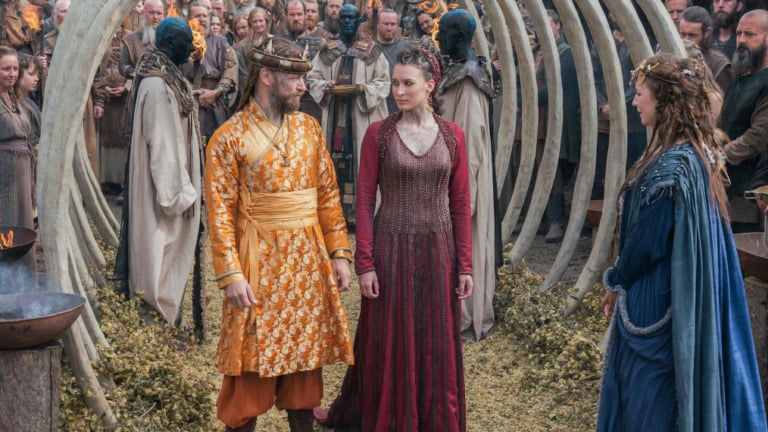
But are the ceremonies depicted on television accurate? How much do we really know about the festivities from more than 1,000 years ago? And are there are any traditions you could incorporate into your own wedding today?
Just as with Viking funerals, virtually all we know about Viking weddings is gleaned from the Icelandic sagas. This is both directly from the sagas themselves and indirectly, inferred from other descriptive texts and related topics.
Table of Contents
Traditional Viking wedding rituals
Traditions we do know about include:
- The importance of a celebratory feast
- The exchanging of swords
- The involvement of Norse Gods, especially Thor
- Scheduling the wedding on a Friday
Now let's take a look at some of these in much more detail.
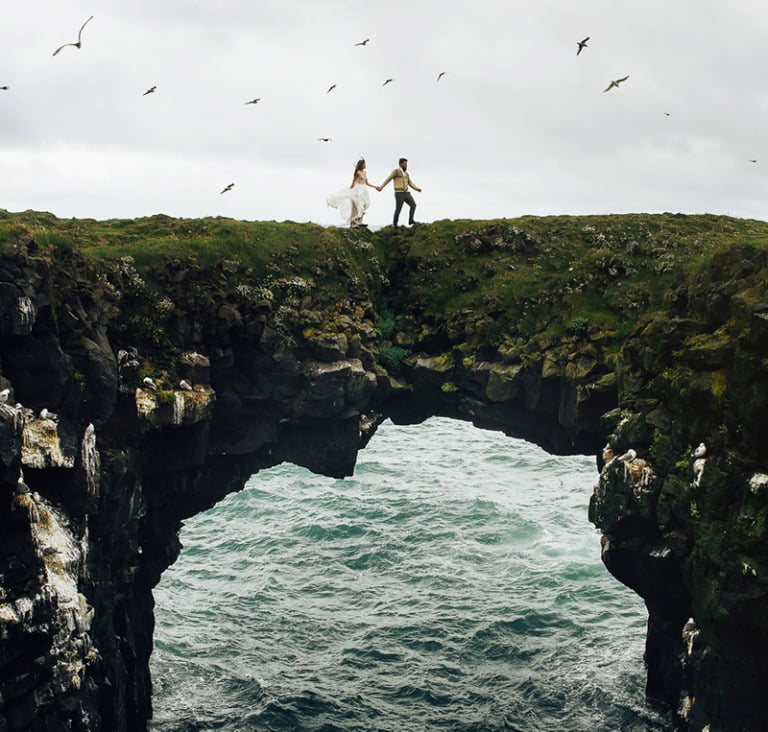
Preparing for a Viking wedding
Marriages in the age of the Northmen were typically arranged, often for reasons of politics and power. In fact, it's likely that some couples wouldn't have even met prior to the ceremony.
But there was a lot more to the preparations than just fixing the couple!
Setting the date
Today, picking a wedding date is all about venue availability. But in the time of the Northmen, there were other considerations.
Read more: Photos from Fjord Norway Weddings in the 1900s
First and foremost, weddings usually took place on a Friday, otherwise known as Frigg's Day or Freya's Day. To hold a marriage on any day other than the one of the Norse goddess of fertility and love would have surely been seen as a bad omen.
Beyond the day of the week, Viking families would also consider the seasons. This mattered for weather—it would be difficult to people to travel to the ceremony in the winter—and for the availability of food.
These considerations could delay the wedding by years. In her book Women in Old Norse Society, Jenny Jochens described three-year waiting periods for Icelandic Vikings. Frequent trips to Norway made selecting a date very challenging.
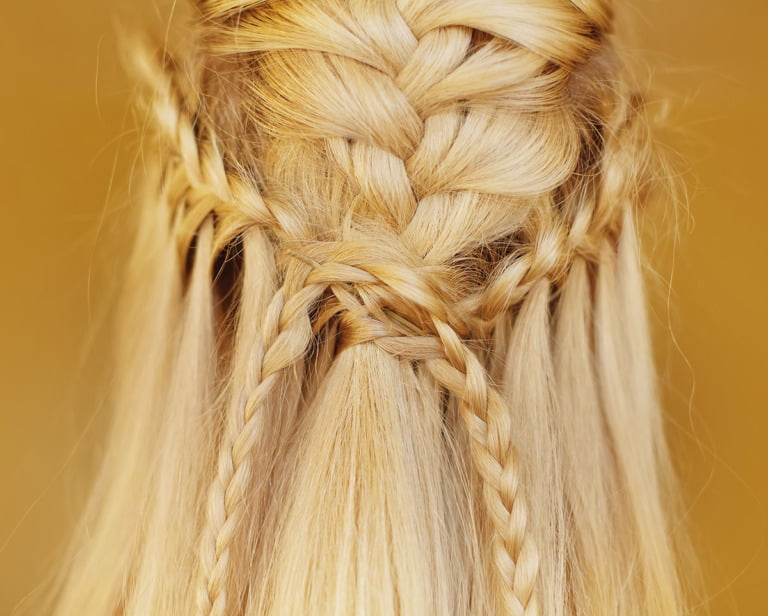
Pre-wedding preparations for women
In the run-up to the ceremony, the couple would separate and prepare for their future married life with members of their own gender. For example, female family members would help cleanse the bride to wash away maidenhood.
For the bride, this meant being stripped of old clothing and any symbols of her unwed status, such as her kransen, a gilt circlet worn by Scandinavian girls.
The bride would also need to remove her kransen—a bracelet worn by Viking girls as a symbol of virginity—so it could be stored and passed on to her future daughter.
Pre-wedding preparations for men
It's also believed a Viking groom would have to undergo some sort of ceremony to mark the transition from childhood to adulthood before the wedding itself.
Many Norse sagas tell of a sword ceremony. A would-be groom would break into a grave to retrieve a family sword. This action is said to make the groom enter into death as a boy and emerge into life a man, reborn.
A blood sacrifice was also a common feature in order to thank the Gods for letting the couple find each other. In order to ask Thor for his blessing of the marriage, a goat would often be sacrificed. Its blood would be kept in the temple for use in the ceremony.
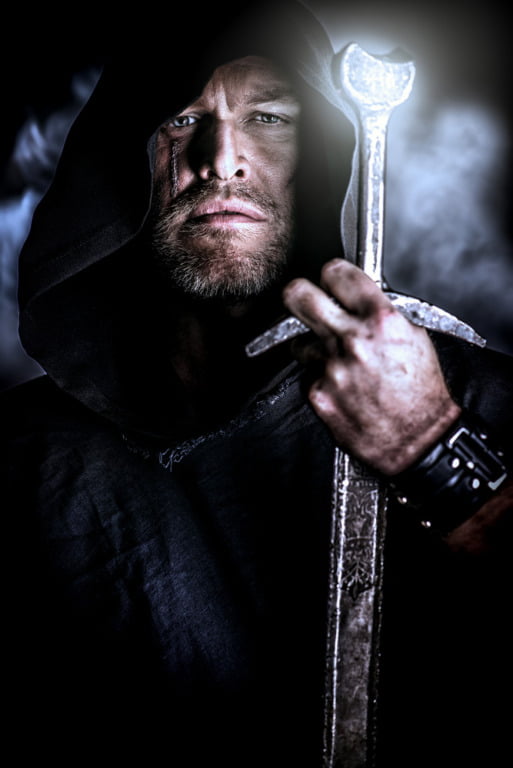
Viking wedding ceremony
Rings were exchanged during the ceremony, but also swords. The groom would present an ancestral sword to his bride, with the intention for it to be passed on to future sons. The bride would also gift the groom an ancestral sword to symbolise the transfer of a father's protection of a bride to the husband.
Further details are fuzzy, but it's believed there was little focus on the clothing. Instead, focus fell on the hair and headwear, with a bridal crown of particular importance.
Typically made of silver and often a family heirloom, the crown would replace the bride's former kransen. That would be safely stored away to pass on to a potential daughter of the couple.
Remember the sacrificed goat? Fir-twigs were dipped in its blood and used to sprinkle the couple with blessings from the Gods. Sometimes, live animals were also given as gifts.
Viking wedding feast
As today, the ceremonies were all about joining families together in a commitment of love and strength. There was no better way to get to know your new family than over a feast fit for the gods!
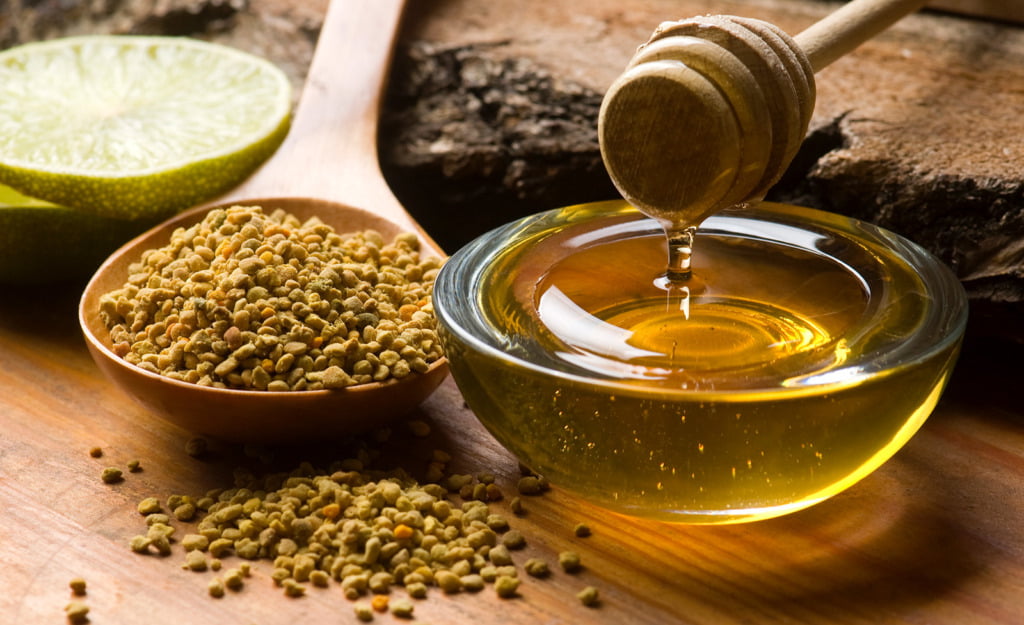
Viking food and drink was sometimes scarce, but villages would have pulled out all the stops for a major marriage ceremony. While we don't know if there were specific wedding dishes, we do know that mead played a central role.
After the feast, the couple would be escorted to the bridal bed by as many as six witnesses. This was to make sure the marriage was consummated and to prevent disputes later.
Modern Norwegian wedding customs
Of course, you shouldn't mix up Norse traditions with a typical wedding in modern-day Norway. Norwegian wedding traditions are an entirely separate thing altogether!
Norwegian weddings are very speech-heavy events. However, to keep boredom at bay, speeches are distributed between courses at the meal.
But things soon get stranger! When guests tap their glasses with cutlery, the couple must stand and kiss. Stamping their feet? That's the cue for the couple to kiss under the table.
When the bride visits the bathroom, all female guests should kiss the groom on the cheek. The reverse happens when the groom leaves!
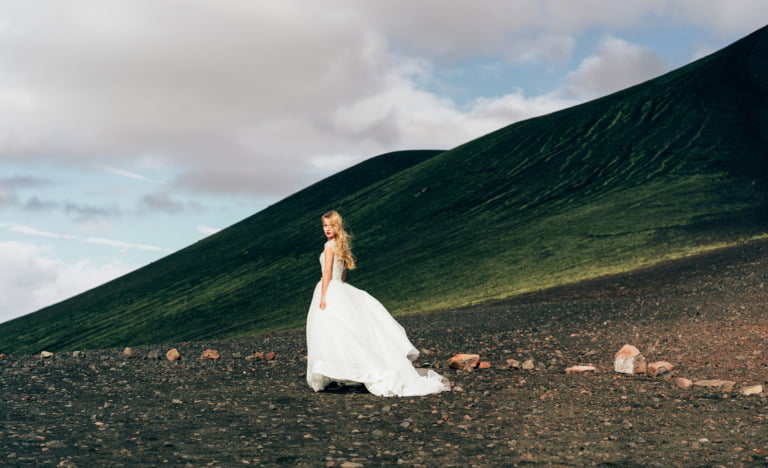
Planning a Viking wedding today
Many people decide on a Norse-inspired theme for their big day. The first decision is whether you're shooting for accuracy or simply using it as a theme. The second option is much easier, of course!
Those hoping for a prime location in Viking land may be disappointed, however. To get legally married in Norway, at least one of the couple must be a permanent resident.
However, there's nothing to stop you signing the papers in your home country and having a ‘show' ceremony on the shores of a fjord!
Most themed weddings will focus on the clothing and the food. A Viking-style feast will surely please your guests, while the exchanging of swords as well as rings would add an authentic touch. You might want to skip the goat's blood though…
Well, I say that, but not everyone agrees. This Texan couple had a three-day celebration including a hog roast and a blood offering. Each to their own!



Is wooden tableware used at a wedding?
Why would it be? Vikings had steel swords for crying it loud; I’m pretty sure they used metal cutlery
Actually they used wooden bowls, plates and spoons. The very wealthy had metal eating picks and bowls, small plates and spoons made from horn. But wooden tableware was the most used in the viking age.
I am a member of a reenactment group called Brumvik. We portray Vikings and Anglo Saxons at shows around the country